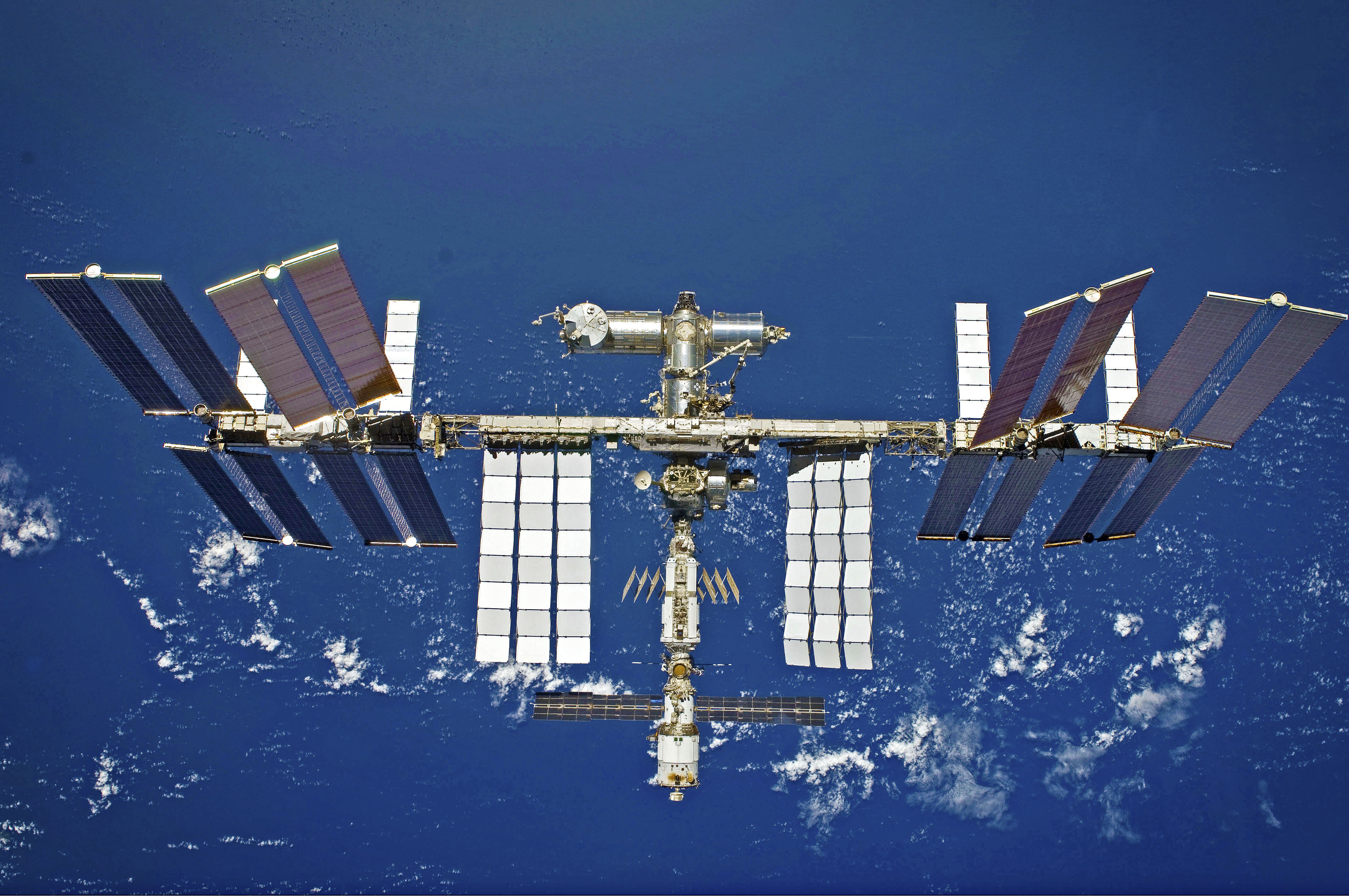
International Space Station
(English) Fly! Expanding space opportunities
(English) Space missions come with a unique set of challenges – while these are hurdles that every astronaut must overcome, space agencies had not, up to this day, interrogated their impact on an astronaut with a physical disability.


